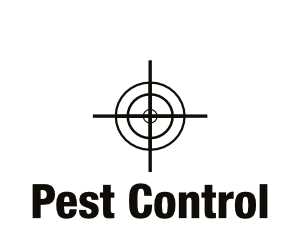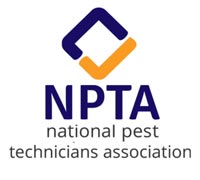East & West Sussex
Brighton and Eastbourne Areas
07745 787665
Call Mobile
01323 727661
Call Landline
Brighton and Eastbourne Areas
Call Mobile
Call Landline

There are many types of bees with colonies varying in size from about 50 up to 50,000 all pollinate flowers and plants. The most commonly seen are bumble bees, honey bees, solitary bees and mason bees.

Pest Control Specialists in Eastbourne & Brighton, serving East Sussex and West Sussex - Members of the National Pest technicians Association


| Cookie | Duration | Description |
|---|---|---|
| cookielawinfo-checkbox-analytics | 11 months | This cookie is set by GDPR Cookie Consent plugin. The cookie is used to store the user consent for the cookies in the category "Analytics". |
| cookielawinfo-checkbox-functional | 11 months | The cookie is set by GDPR cookie consent to record the user consent for the cookies in the category "Functional". |
| cookielawinfo-checkbox-necessary | 11 months | This cookie is set by GDPR Cookie Consent plugin. The cookies is used to store the user consent for the cookies in the category "Necessary". |
| cookielawinfo-checkbox-others | 11 months | This cookie is set by GDPR Cookie Consent plugin. The cookie is used to store the user consent for the cookies in the category "Other. |
| cookielawinfo-checkbox-performance | 11 months | This cookie is set by GDPR Cookie Consent plugin. The cookie is used to store the user consent for the cookies in the category "Performance". |
| viewed_cookie_policy | 11 months | The cookie is set by the GDPR Cookie Consent plugin and is used to store whether or not user has consented to the use of cookies. It does not store any personal data. |